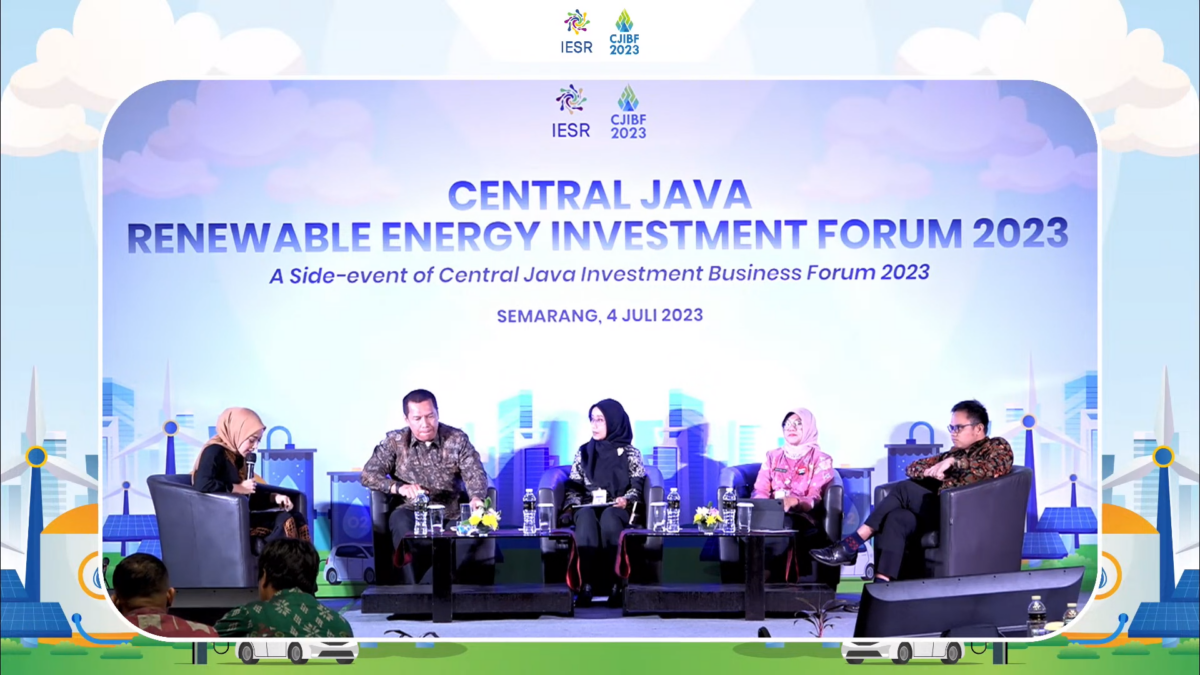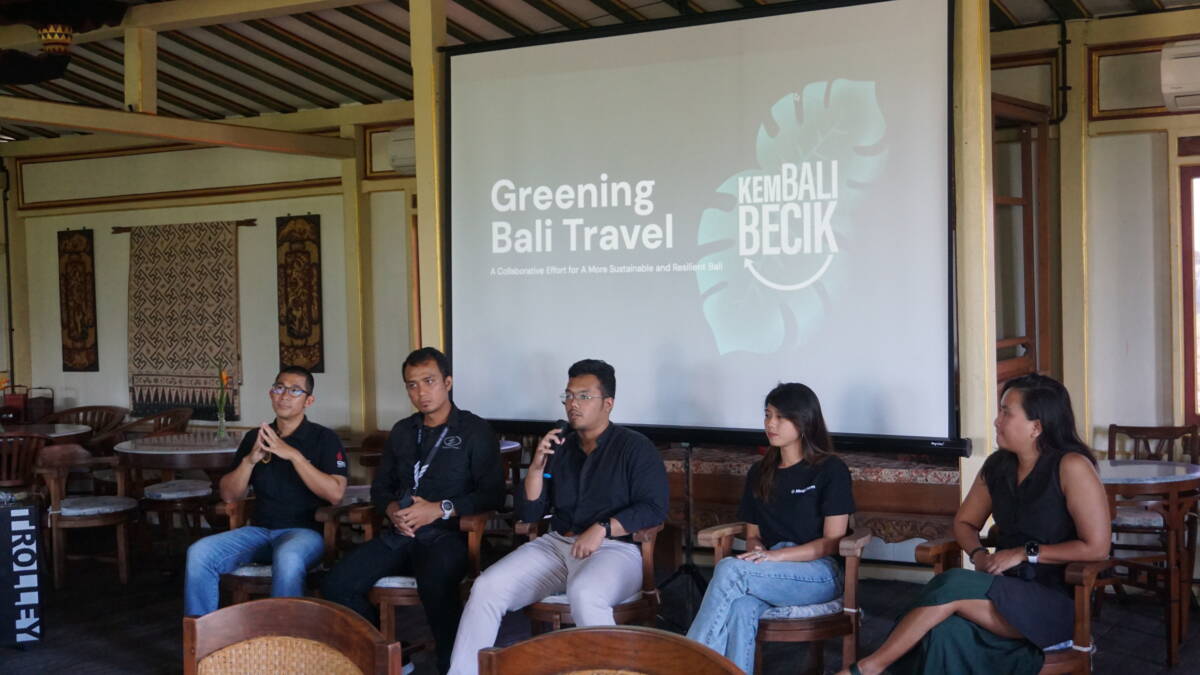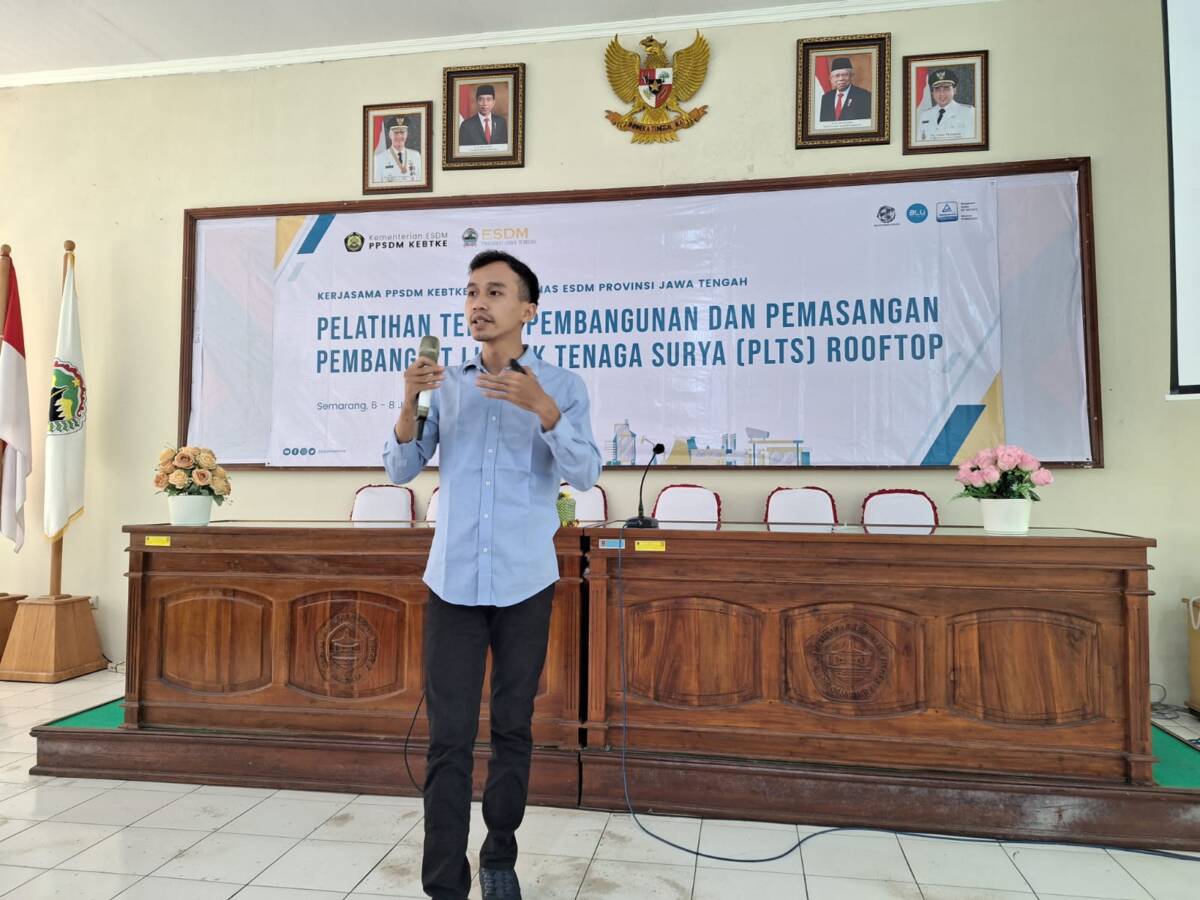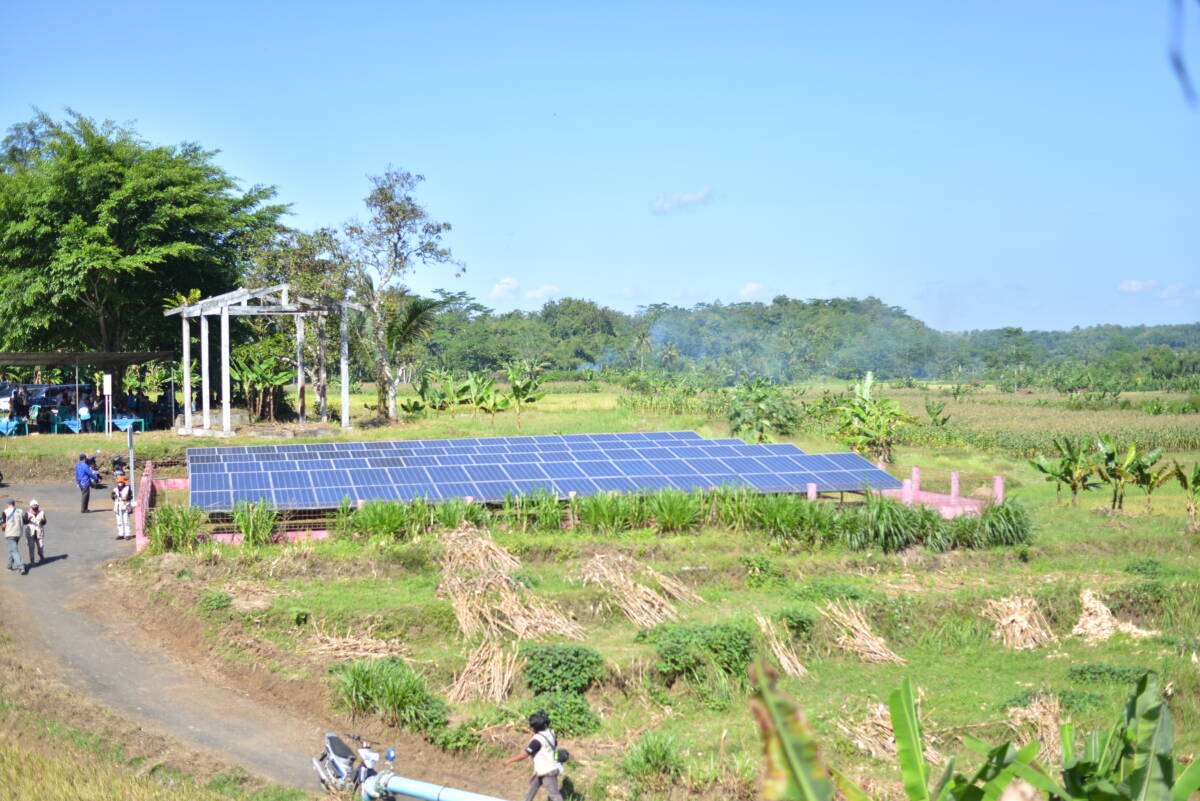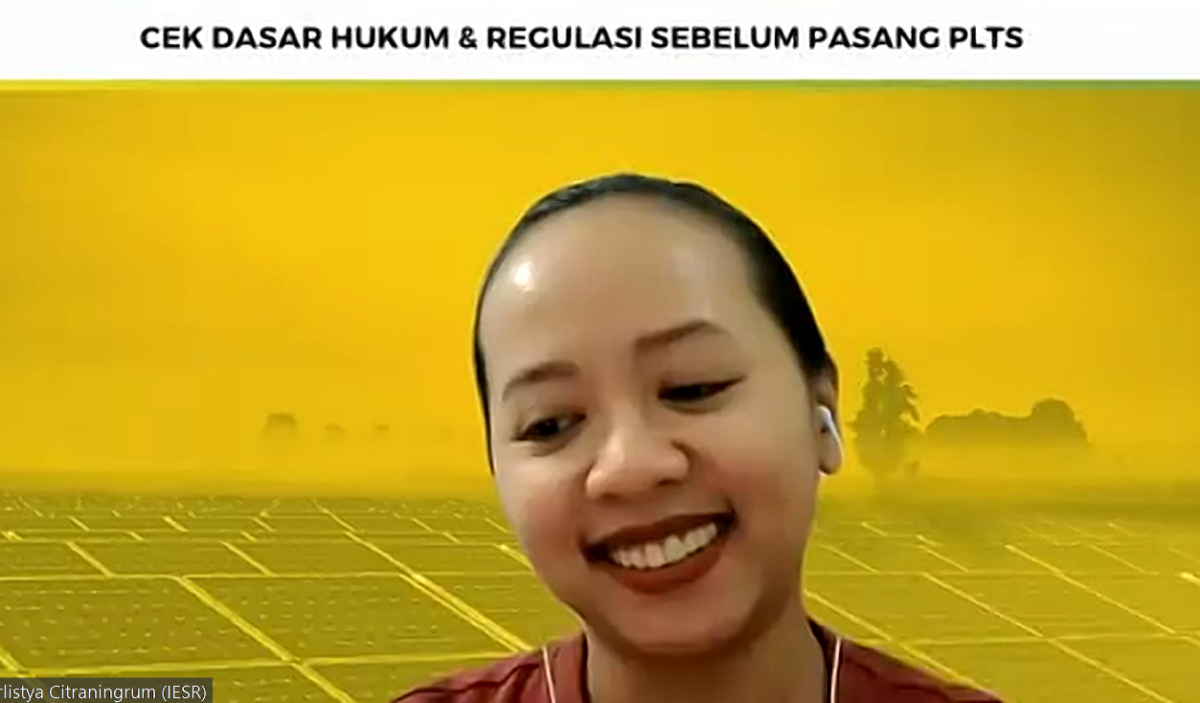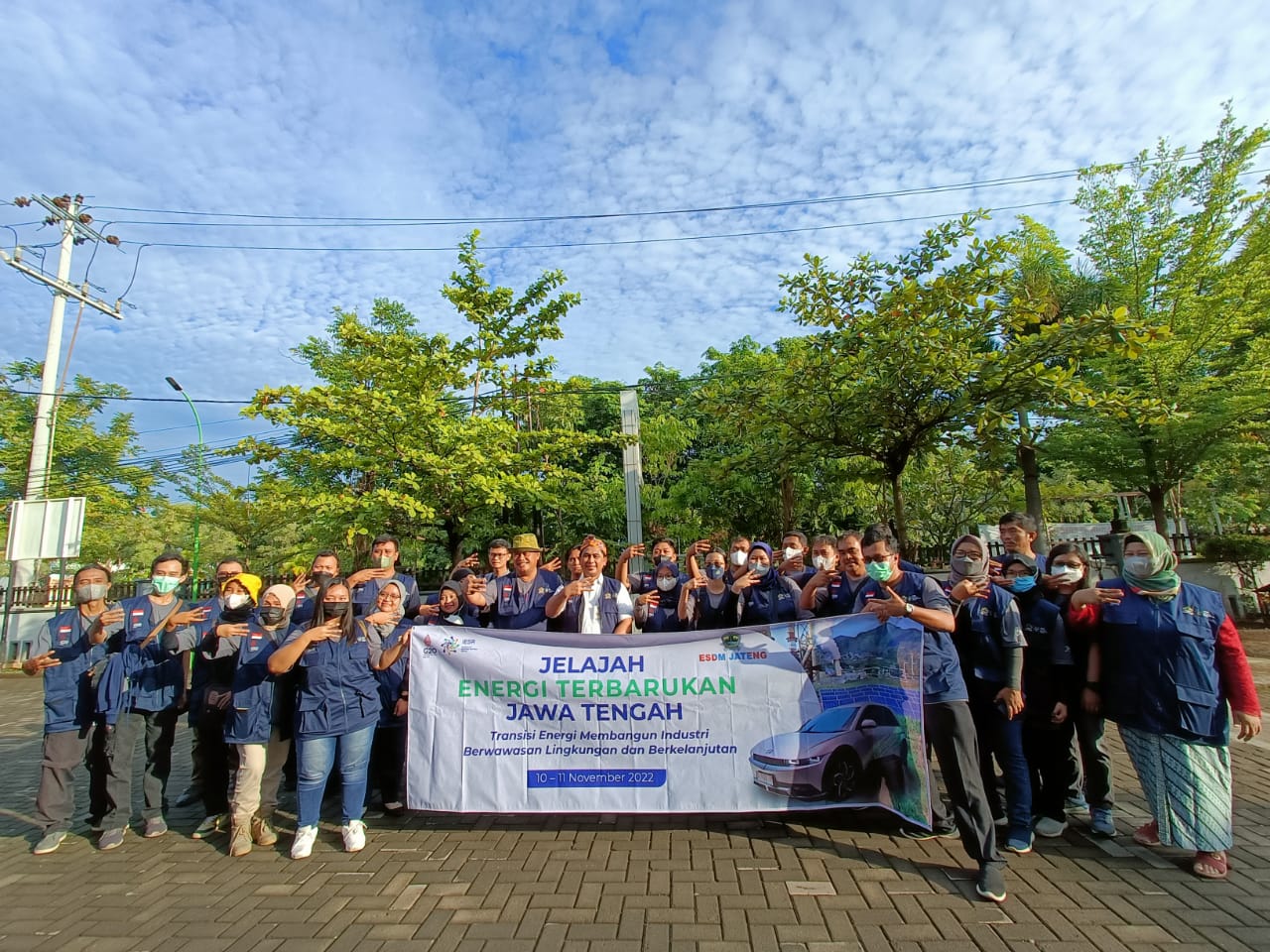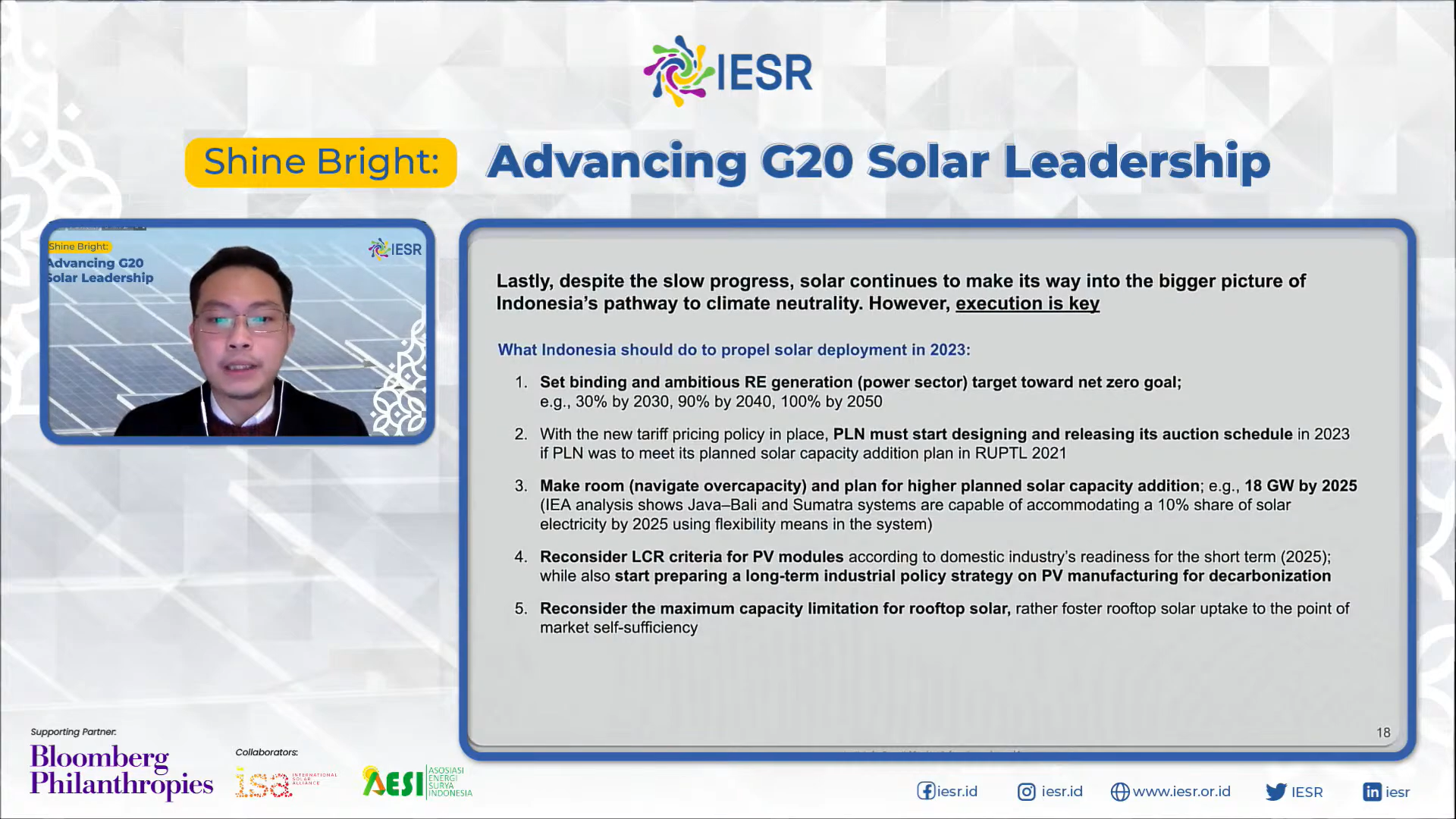Semarang, 4 July 2023 - Electricity is not only the essential need for households, but also drives economic activity to a large industrial scale. In addition to the need for a reliable electricity supply, large-scale industries are starting to pay attention to the source of the electricity supply. In fact, for export-oriented industries, the production…
